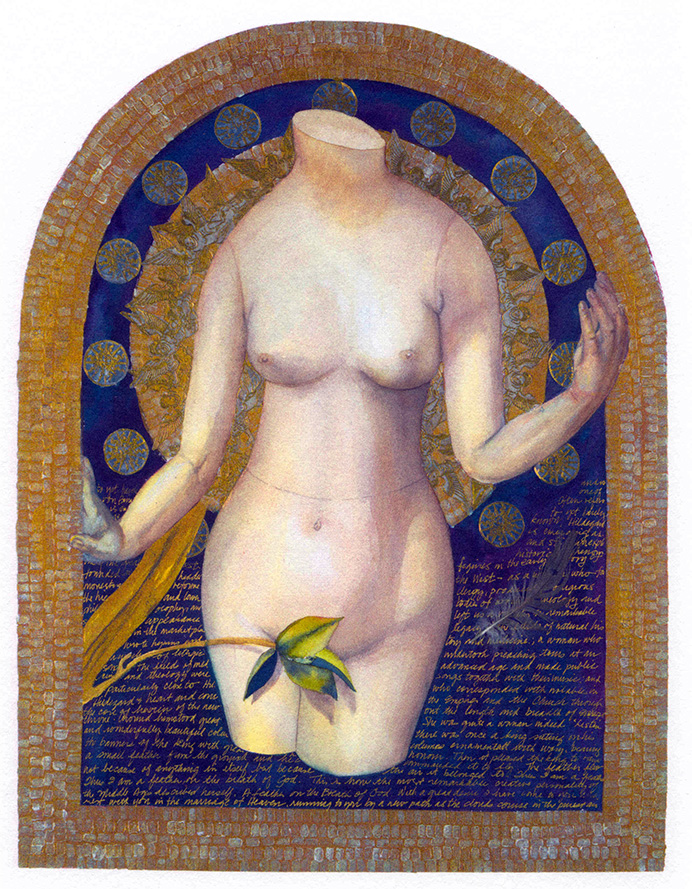Hildegard von Bingen is emerging as one of the most remarkable creative personalities of the Middle Ages. She was born in the year 1098 to noble parents in a small village in what is now Western Germany. When she was eight years old she was sent to a monastery and began to live a life that she was destined to lead. She was a visionary, naturalist, playwright, poetess and composer. In 1141, having succeeded in becoming an abbess, she saw tongues of flame descending from the heaven and settled on her. After this she devoted herself to a life of intense and passionate creativity.
Her fame was not limited to Germany. She was also involved in politics and diplomacy. Popes, emperors, kings, archbishops, abbots and abbesses sought her friendship and advice.
Hildegard von Bingen reformed the higher and lower clergy, produced a prodigious body of written work on theology and philosophy and left us with a remarkable legacy in the fields of natural history and medicine. She also undertook preaching tours at an advanced age; made public appearances in marketplaces; and wrote both the text and music for hymns and a cycle of liturgical songs. She was quite a woman!
I had no idea who Hildegard von Bingen was until someone who was looking at an exhibition of my Women of Substance series of paintings asked if I had ever heard of her. What a surprise when I bought a cd of a recording of a group singing her compositions. It is etherial and trans-inducing, feeling like it links you to the creator. It is impossible to listen to the music with out feeling that she had a direct line to that energy. As an artist, my pursuit is to have that feeling when I am making art. It is my hope that when people see that work, there is a resonance of that primary event. What I discovered through Hildegard von Bingen’s work is that there is always a subtext of the energy and lineage that permeates the creation and is separate from the artist.
“Listen, there was once a king sitting on a throne. Around him stood great and wonderful beautiful columns ornamented with ivory, bearing the banner of the king with great honour. Then it pleased the king to raise a small feather from the ground and he commanded it to fly. The feather flew, not because of anything in itself but because the air bore it along. Thus I am.. the feather on the breath of God.”
The figure that I used for Hildegard von Bingen is referencing an etching by Albrect Dure of Adam and Eve in The Garden of Eden. The outside of the arch is referencing the cosmology which endlessly fascinated her. There is a real feather floating in the air.

